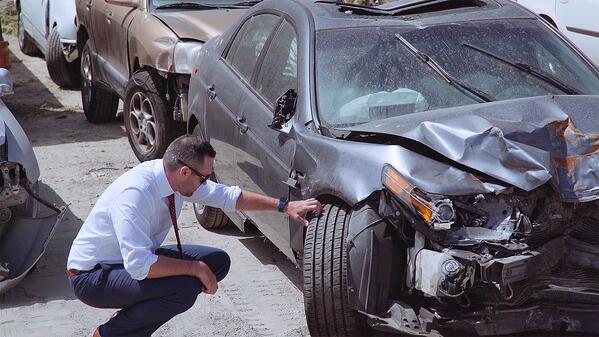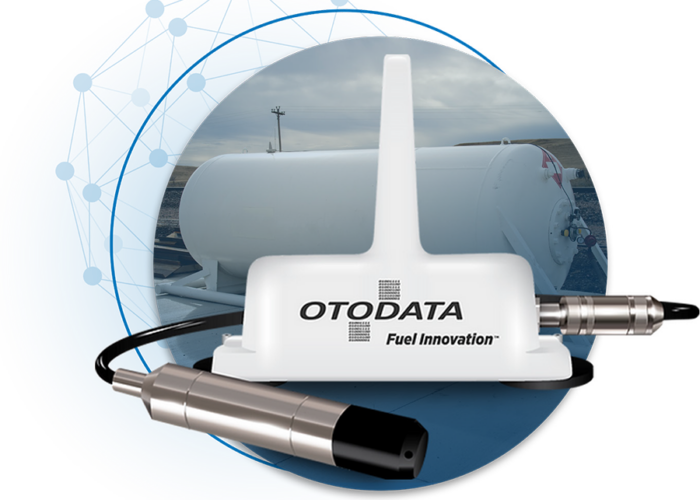By default, there is a high level of stress when filing an insurance claim because policyholders often are dealing with a major loss, such as a wrecked vehicle or a damaged home. The impact that information from their reporting can have on the outcome of their coverage also can create stress in the reporting process. Furthermore, processing a claim can be a lengthy endeavor that leaves policyholders anxiouslywaiting for updates on the status of their claim. While the claims management process is a complex pain point for many insurers and policyholders, data generated from IoT connected devices in homes and vehicles may help alleviate some of the aforementioned tension and anxiety.
Hitting Higher Marks in Customer Satisfaction for Policyholders
Customer satisfaction can be difficult to maintain in the high-stress claims management process. IoT devices can improve customer satisfaction by providing insurers with data in real time when a loss is detected so as to expedite and mediate the claims management process.
As an example, consider a policyholder who owns a connected car and gets into a wreck while driving on the interstate. Through the vehicles sensors, the internal computer system detects that a high-impact collision caused tires to blow, windows to shatter, the steering wheel to lock, the engine to throttle, and airbags to deploy. The vehicles emergency response system automates a notification to the insurance company in real time that a crash has been identified with the vehicle. With this immediate data, an insurance claims representative has the unique opportunity to make the initial contact with the customer through their preferred method of contact at a given time after the crash. By reaching out first, the insurer can alleviate a level of responsibility and stress from the policyholder and can take the opportunity to express care and concern for their customers situation, opening the claims process in a positive way.
From the point of initiation, incorporating more data-driven technology in claims management can minimize the time for a filed claim to reach completion, and can even lead to a 30% reduction in processing costs, according to McKinsey & Company. Shorter wait times, quicker claim disbursements, and enhanced information provided to customers, such as an app that customers can use to track the progress of their claim, are all ways to harness a higher level of customer satisfaction with IoT and related data-driven technology improvements in the insurance claims process. As time reductions lead to cost savings, customers can be further satisfied with potential decreases in premium rates.
Increasing Accuracy with IoT Data
Connected devices inside vehicles and homes are collecting data constantly. Devices, such as home smoke detectors, security alarm systems, and connected cars, can surmise damages involved in property losses promptly at the time an incident occurs. There is a high level of accuracy that comes from data that is collected immediately. Before a collision is moved off the roadway, for example, a connected car can determine time and place of impact, areas of the vehicle affected, and details about the driving practices, such as speed and breaking. The data that is collected is neutral and based on metric facts, and, therefore, can serve as a strong basis for a claim that can be supplemented by later reporting. This use of neutral, metric-based IoT data for insurance claims management also can minimize the potential for fraud.
Important Considerations for IoT Data Usage in Insurance Claims Management
Improving insurance claim management processes with IoT comes with its set of challenges. Because IoT systems are not completely without their flaws, false alarms, false triggers, or faulty sensors can produce data that is not completely accurate. False positives in IoT data can become specifically problematic when the data conflicts with policyholders recollection of events as they occurred in the instance of loss. A strong network connection, with a high level of built-in security, can help minimize these kinds of inaccuracies in IoT data.
In a similar way, customer perception can be affected significantly when insurers ask for access to data collected from devices associated with an insured property. The policyholders experience in the incident of loss may seem minimized against collected data, which potentially can have a negative impact on customer satisfaction. Privacy is another primary concern, as customers may feel that giving insurer access to the data from their connected devices puts their privacy at risk.
In order for customers to feel trusted and appreciated, they need to perceive a balance between the risk and the benefit of allowing insurers access to their devices data. For these reasons, it is important for insurers to prioritize transparency around the usage of IoT data for insurance claims so that customers can fully understand how the information from their connected devices is being used. Because costs can be cut by expediting the claims process and enhancing claims data with IoT, there is the additional opportunity for insurers to bolster their relationships with policyholders by passing on these savings through discounts and incentives for customers who choose an IoT-enhanced insurance policy.
Aeris Has IoT for Insurance Claims Management Covered
Through the use of smart data, IoT devices can bring improvements in customer satisfaction, claims processing, and reporting accuracy to insurance claim management systems. At Aeris, we understand the potential for growth that IoT can bring insurers, as well as the importance of considering the initial challenges that come with the integration of IoT.
For more information on how Aeris can help you improve the insurance claims process through IoT connectivity, Contact Us today.




